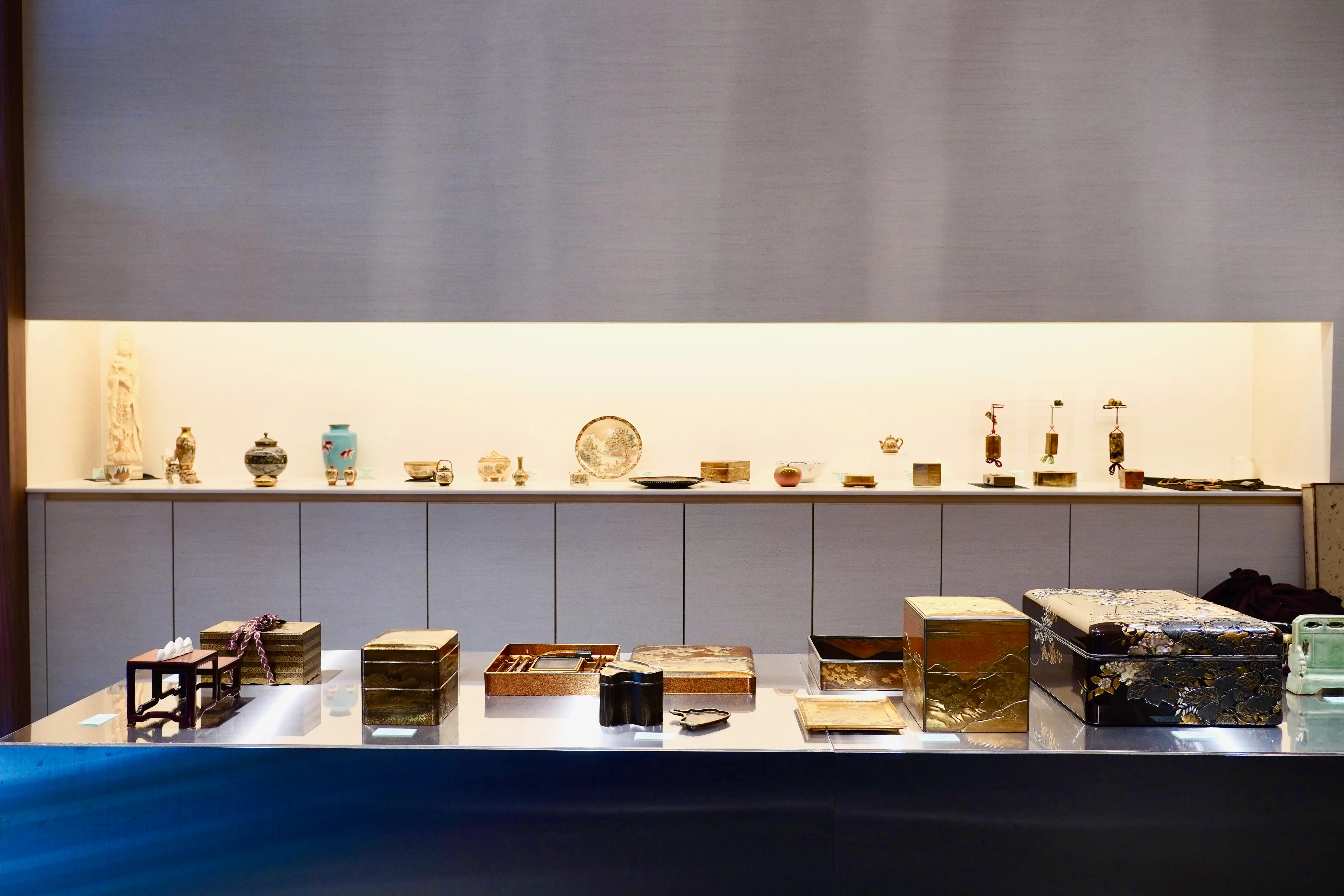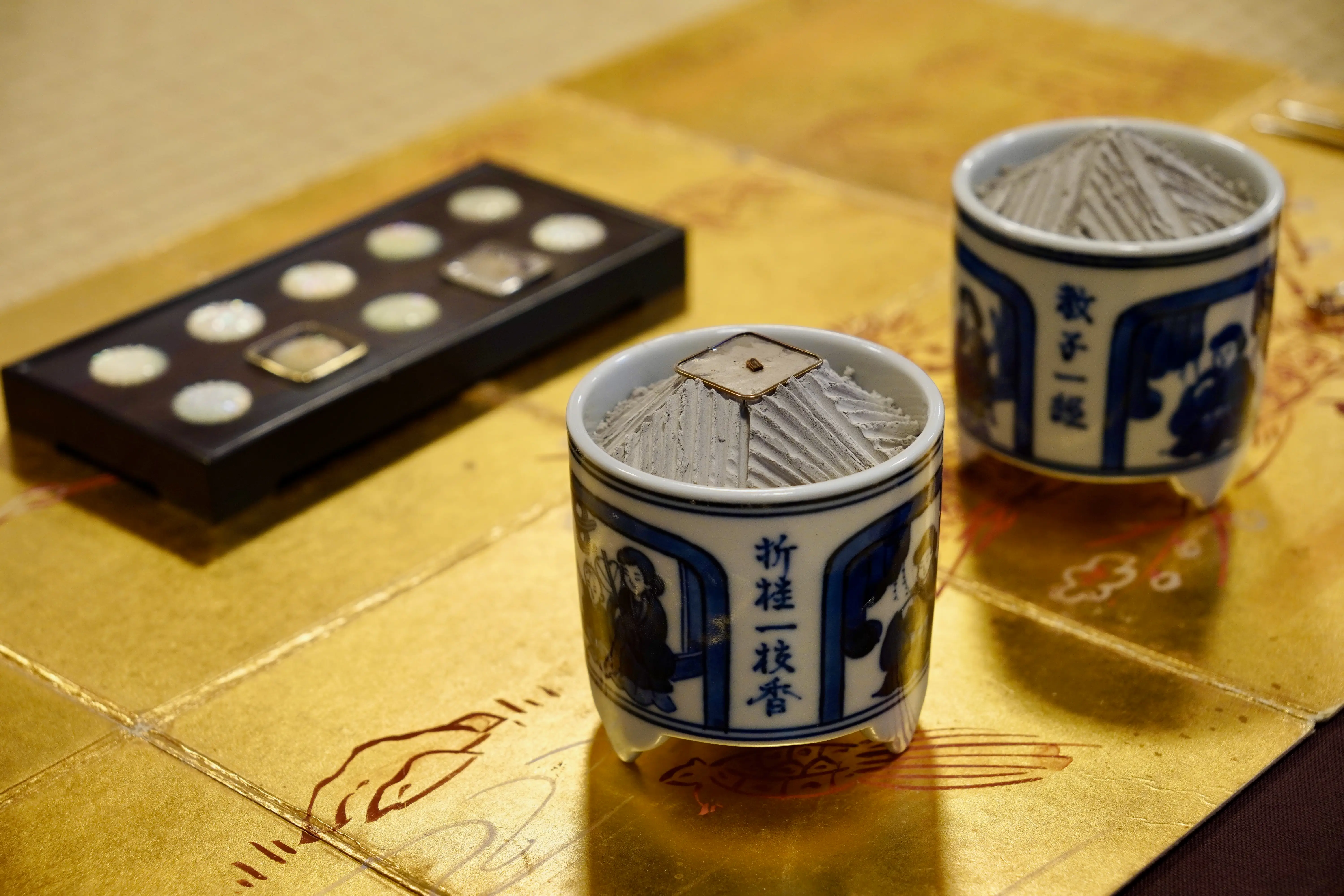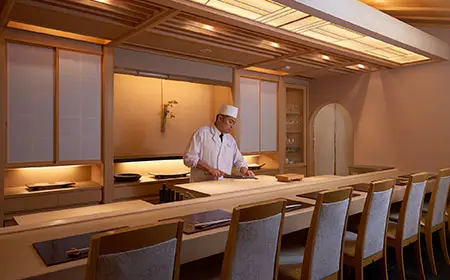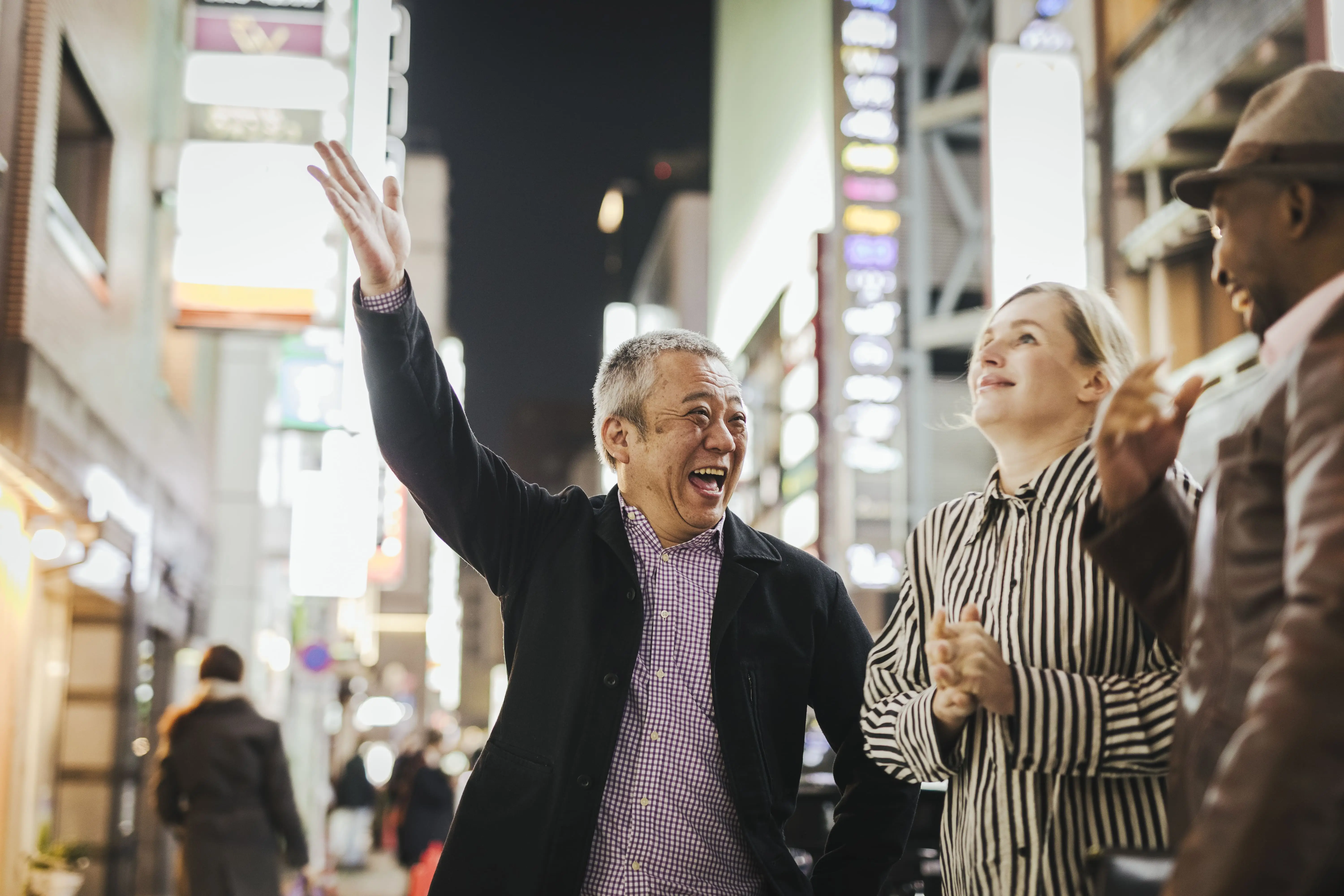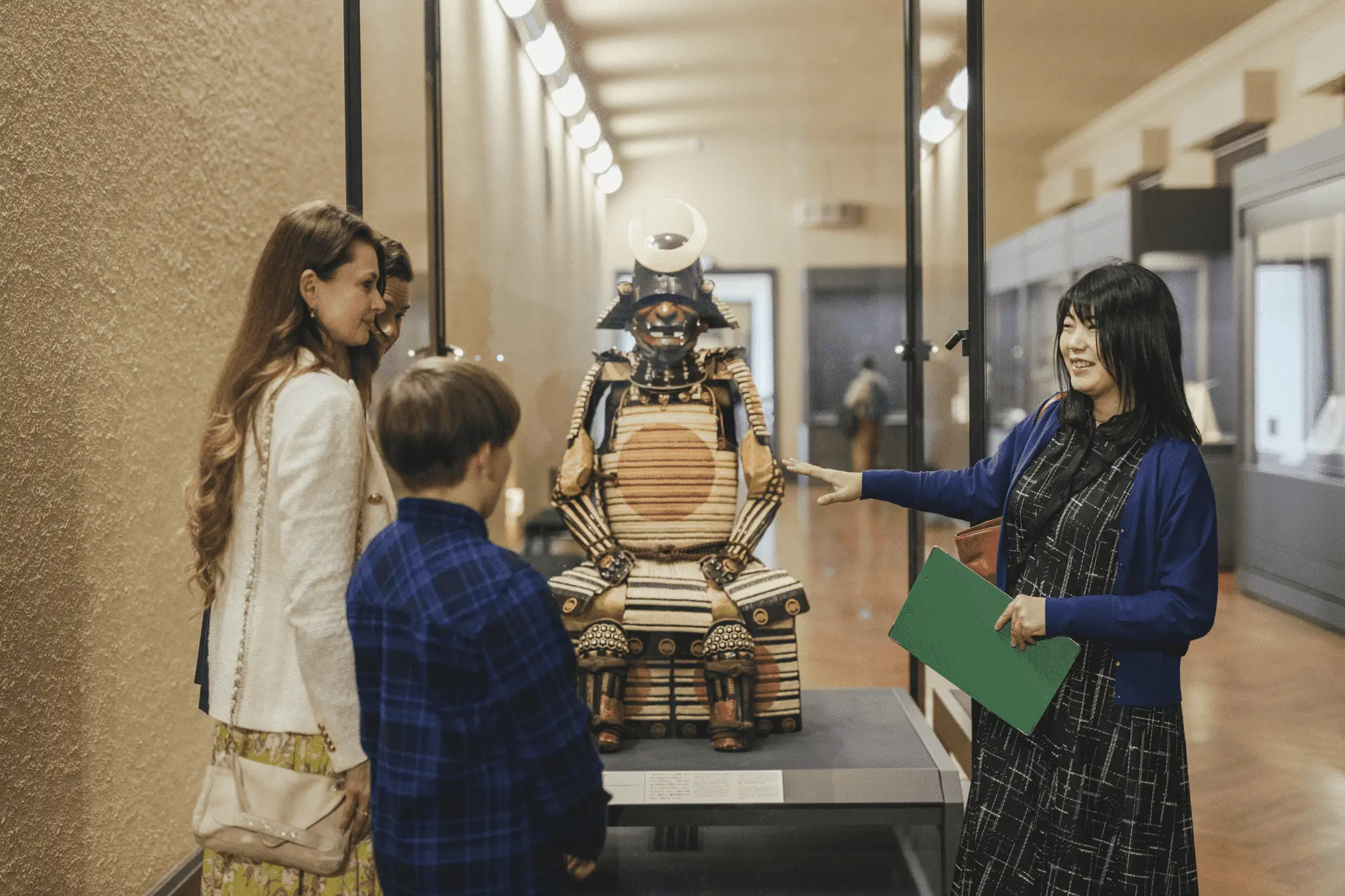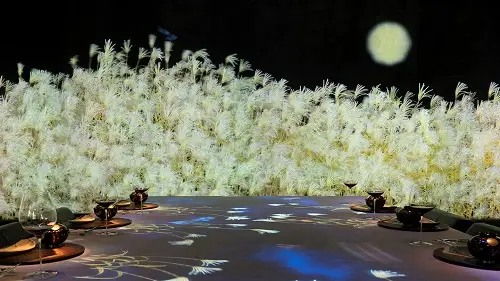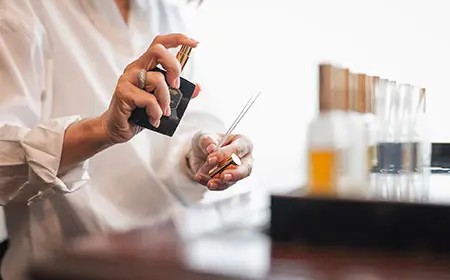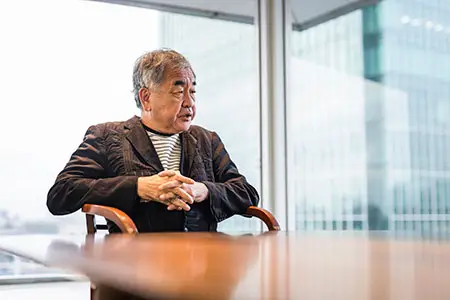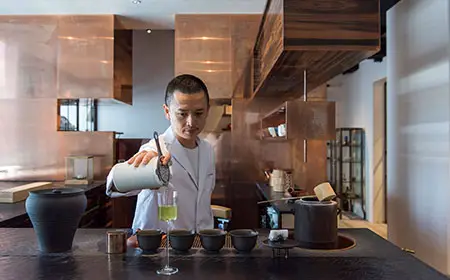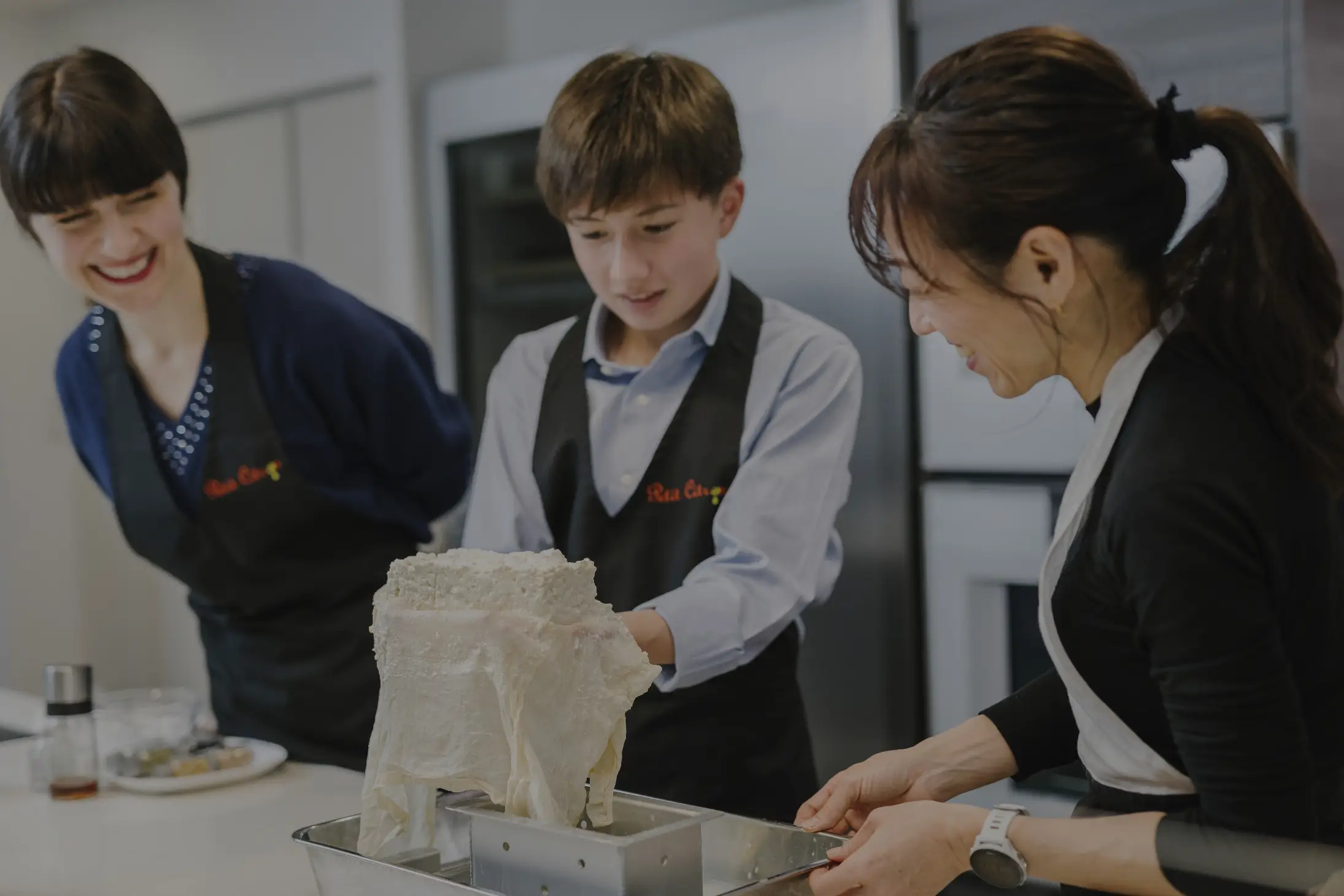
SOY: AT THE HEART OF JAPANESE CUISINE
Learn about the importance of tofu in Japanese cuisine through an informative and hands-on workshop in which you can make your own tofu and enjoy a freshly made soy-based lunch. Enjoy studying the significance, history and cultural importance of soybeans in this class.
In Japan, traditional cuisine is synonymous with soybeans. Indeed, rice, wheat, and the East Asian species of legume have long been staples in every Japanese household.
In recent years, Japan’s love of soybean-based foods — ranging from tofu and edamame to fermented items like miso, natto, and soy sauce — has been embraced globally. More and more people are learning about the health benefits of these protein-rich foods and choosing them as part of a balanced diet.
On the narrow street of a Tokyo neighborhood, amid green spaces and the red torii gates of local shrines, lies Atelier Kafune, a chic cooking studio. This is the setting of an expert-led hands-on workshop organized by Marc Matsumoto, a professional chef recognized by the renowned Japanese publication Cuisine Kingdom, which involves learning about soybeans, making tofu, and enjoying a freshly made soy-based lunch.
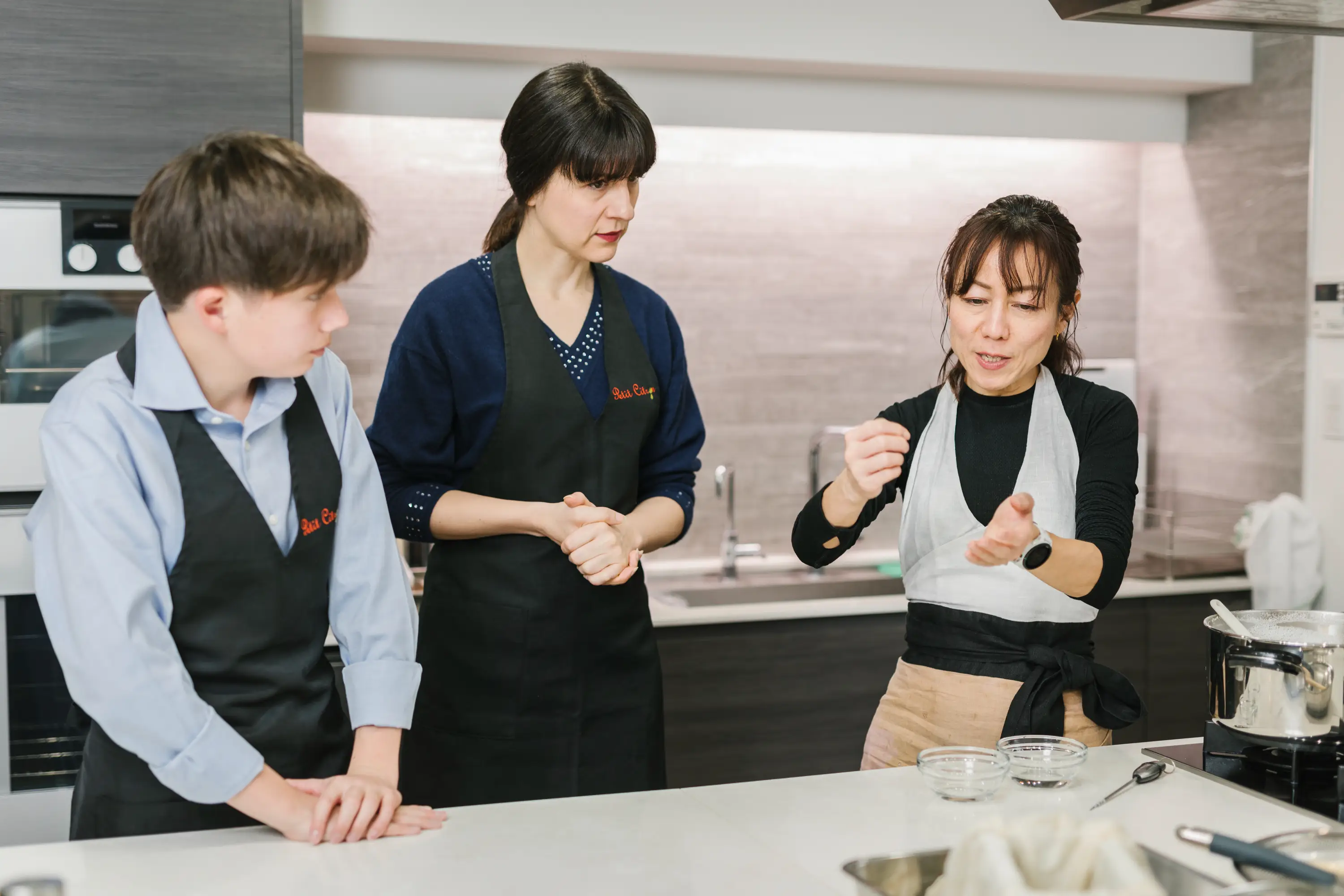
The instructor of this unique experience, who may be a certified tofu meister, begins by introducing Japan’s relationship with soy.
There are many theories about the history of soybeans. They are believed to have originated in China, in the Yellow River basin, where they were first cultivated and consumed around 6,000 BC, but traces of their cultivation and consumption in Japan have been found at archaeological sites dating from around 4,000 BC.
Full-fledged soybean culinary began in Japan about 1,300 years ago, when there was an increase in cultural exchange with China. This resulted in the introduction of soybean processing methods and products such as miso and soy sauce. The introduction of Buddhism, which condemns meat consumption, further elevated the profile of soybeans as an alternative protein.
In the following 500 years, with the spread of Buddhism around Japan, soybean cultivation became prolific nationwide. Soy products were not only crucial sources of protein for those who no longer ate meat for religious reasons, but also indispensable as preserved foods that could be enjoyed throughout the year.
Fast-forward to the 17th century, and Dutch sailors who had arrived in Japan to trade brought home soy sauce (shoyu in Japanese). Since soybeans are the core component of soy sauce, shoyu came to be called soja in Dutch (pronounced soya) and, later, soy in English.
Yet, despite this long history, many people today are not aware of the diversity of soybean-based products. One example is edamame, the much-loved low-calorie snack. While it may resemble a pea, the edamame is actually a soybean pod that is harvested early in summer. If soybean pods are left to complete their full growth, the plant’s leaves fall off, and the beans become hard and brown, ready to be utilized as soybeans.
Like any plant, there are many varieties of soybean, which can be yellow, red, black, and green in color. As you begin the hands-on aspect of the workshop, the instructor will introduce the many types, which each result in tofu of different characteristics.
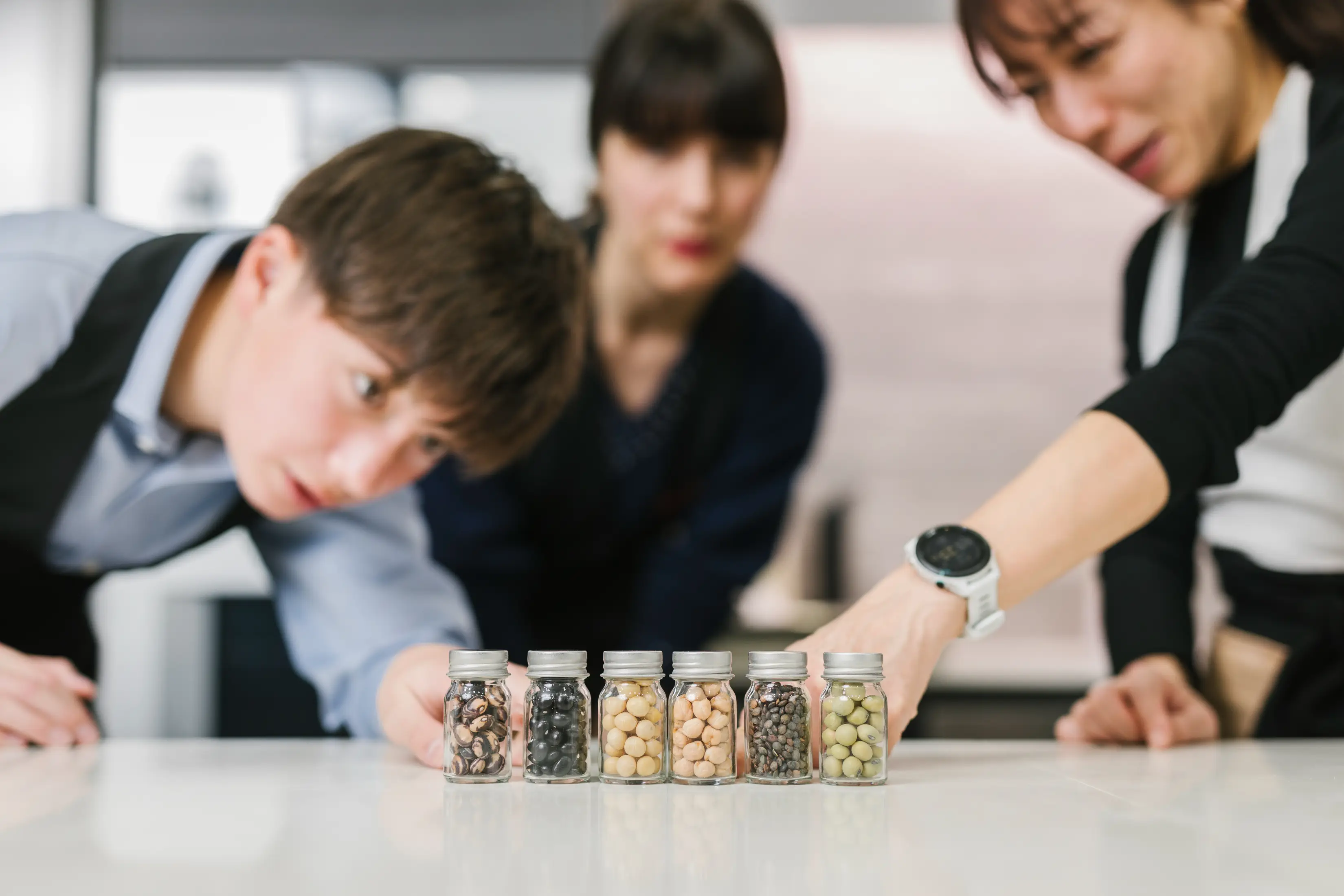
The process of making tofu begins with soaking the dried beans in water to rehydrate them. Next comes the challenging part: passing the mixture through a muslin cloth and wringing out all the liquid until only lees remain in the cloth. The reward is raw soymilk, which cannot be consumed as is; it must be cooked. After this, it’s possible to add nigari, the coagulant that reacts with the proteins in the soymilk and solidifies it.
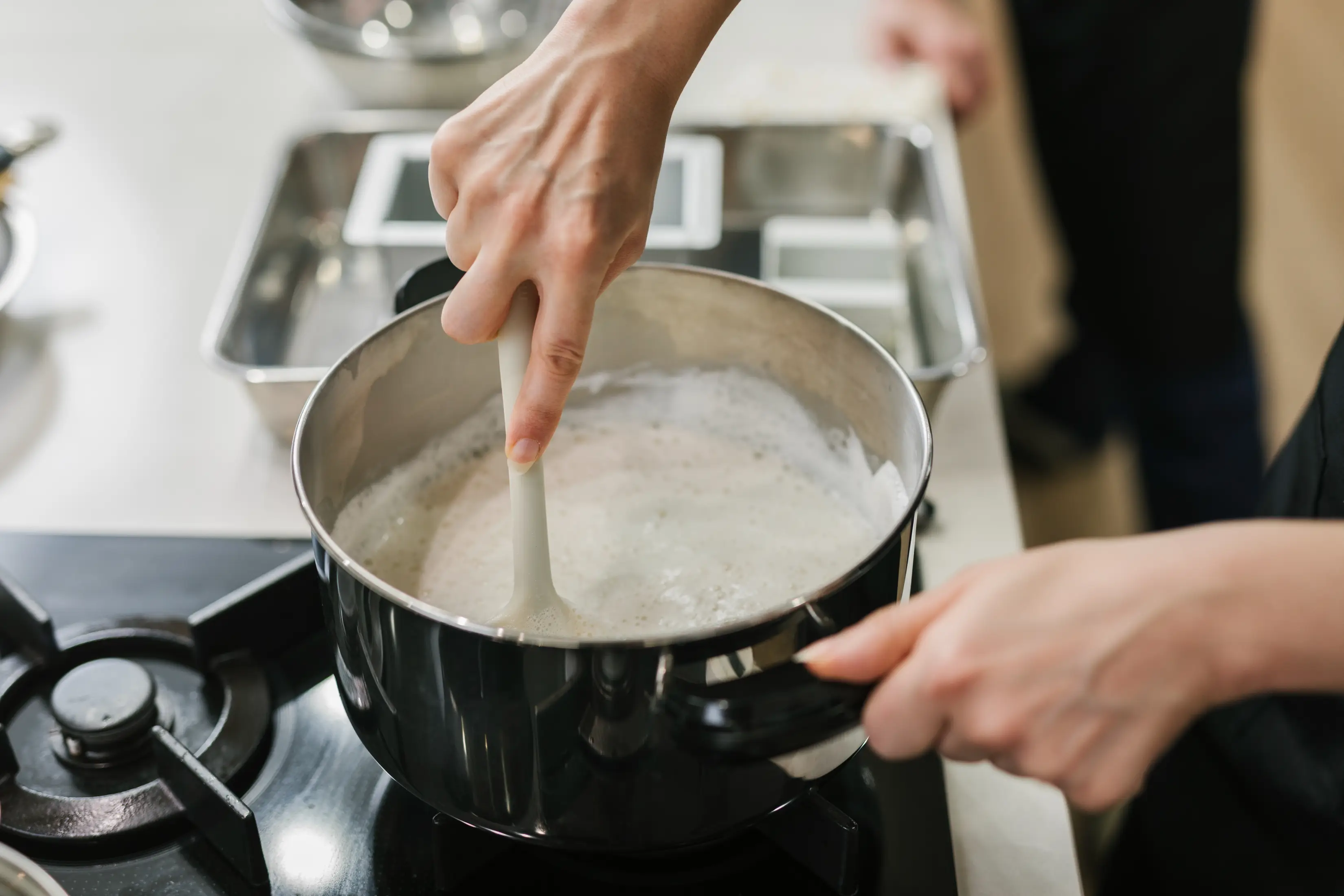
Once the tofu is solidified, the instructor will guide you in placing it in a mold and removing the excess water by wrapping it in a cloth made of cotton (momen in Japanese) and placing a weight on the top. This cloth lends its name to momen tofu, the hard, rich-tasting traditional tofu most eaten in Japan.
Other widely enjoyed tofu varieties include kinugoshi or silken tofu, which is made with the same kind of soymilk. However, the coagulant is added to cold soymilk in a mold, which is then heated to evenly coagulate the mixture. Since there is no separation of the water and protein, the result is a silky smooth tofu with a creamy texture.
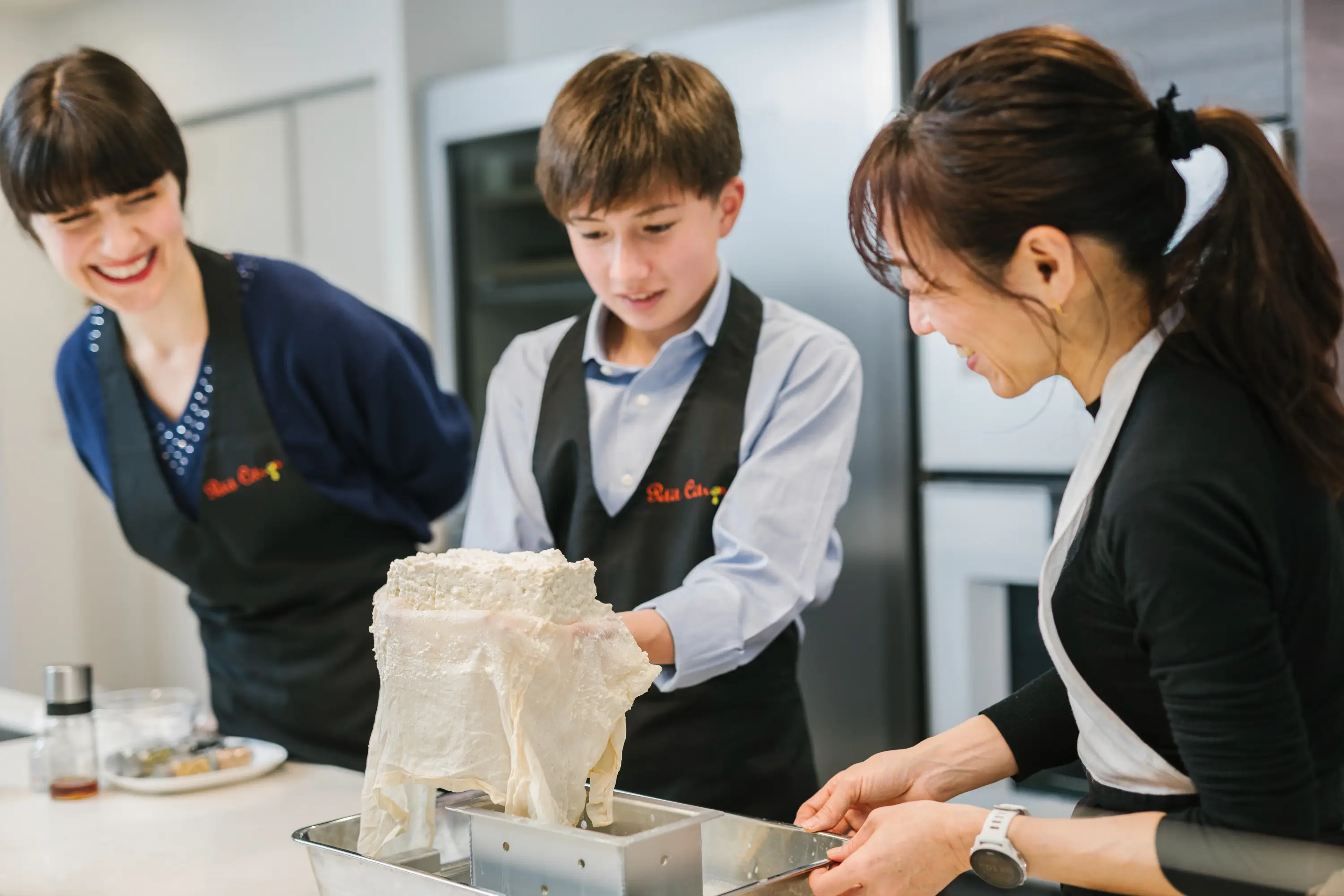
While the tofu is draining, the instructor’s team prepares and introduces a sumptuous soy-based lunch, which is served alongside the freshly handmade tofu. Ganmodoki, a tofu fritter made with vegetables and seafood, is served with seasonal vegetables, such as nanohana (rapeseed flower) in the spring, and a thick sauce of dashi stock, soy sauce, and mirin. Accompanying these dishes are miso soup, natto, rice, and gomoku-mame, a classic soybean dish featuring konjac (made from the starch of a root vegetable of the same name). Completing the nutritious meal is a unique dessert made from tofu, kinako (roasted soybean flour), and black sugar syrup.
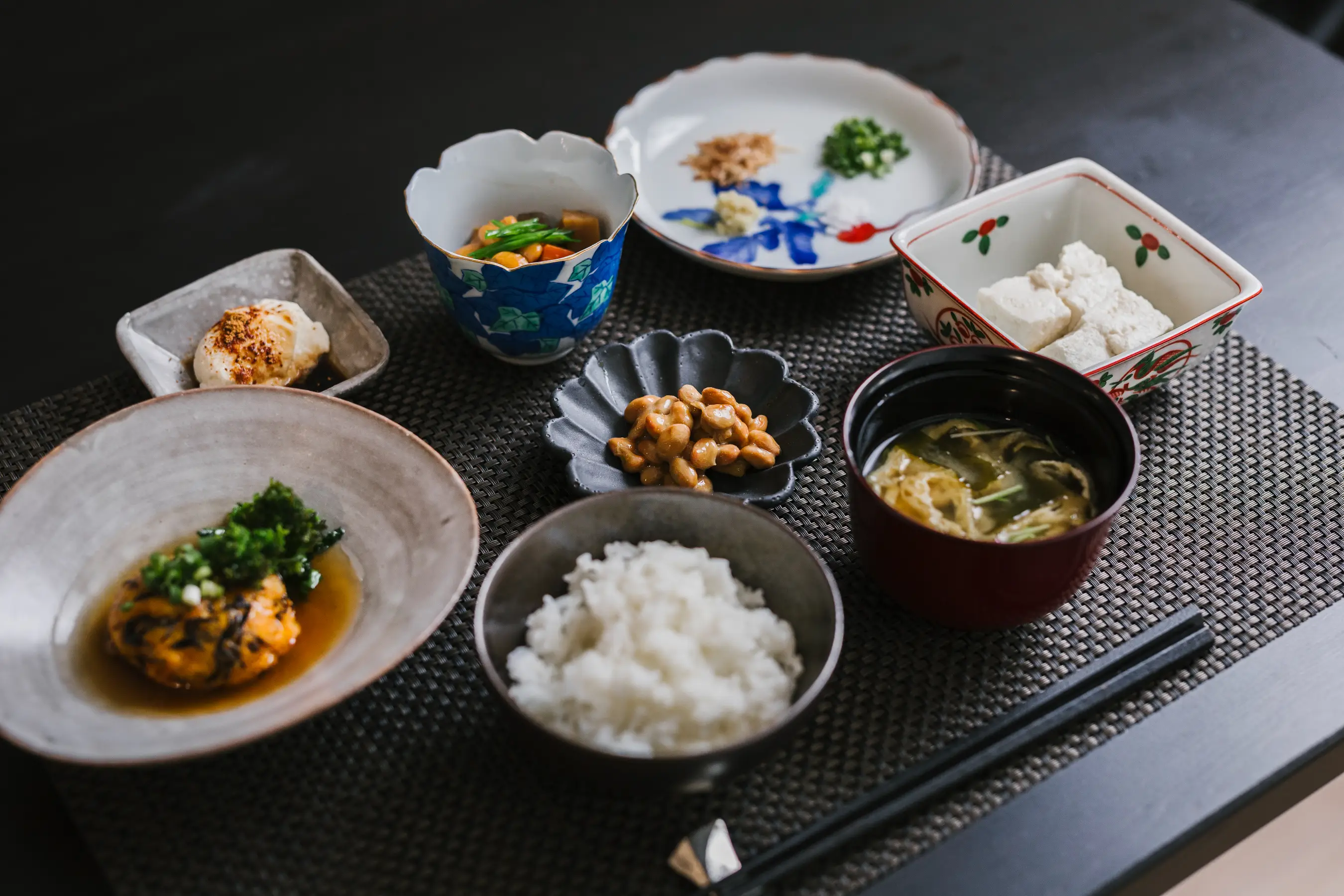
With the instructor joining the table, the dining experience presents an opportunity to learn more about tofu and Japanese cuisine in a relaxed environment, or even to plan out some desired purchases at the local supermarket. The final component of the three-hour workshop involves a visit to the grocery store, guided by the instructor, to gain a better understanding of the types of tofu, soy sauce, and other soy-based products available in Japan.
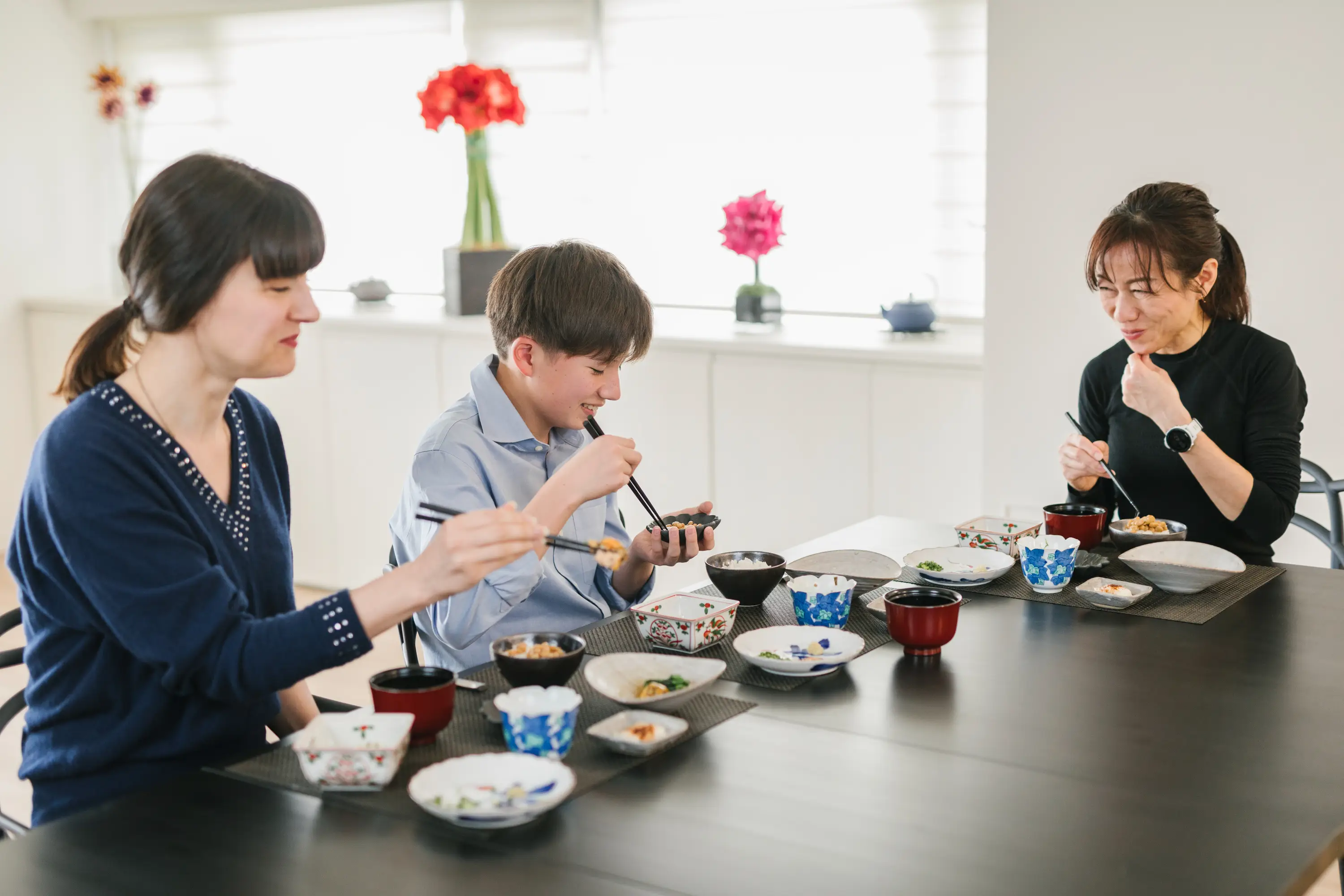
After such a comprehensive introduction to the soybean, you can shop around for future meals and find the soy products you are looking for. Also, at the end of the tour, you will receive a tofu-making set curated by Marc Matsumoto as a souvenir.
On returning home, you can enjoy making tofu while reminiscing about your tofu lecture. And when next enjoying tofu, edamame, natto, or miso, you are sure to have a greater appreciation for the humble soybean and its contribution to Japanese cuisine.
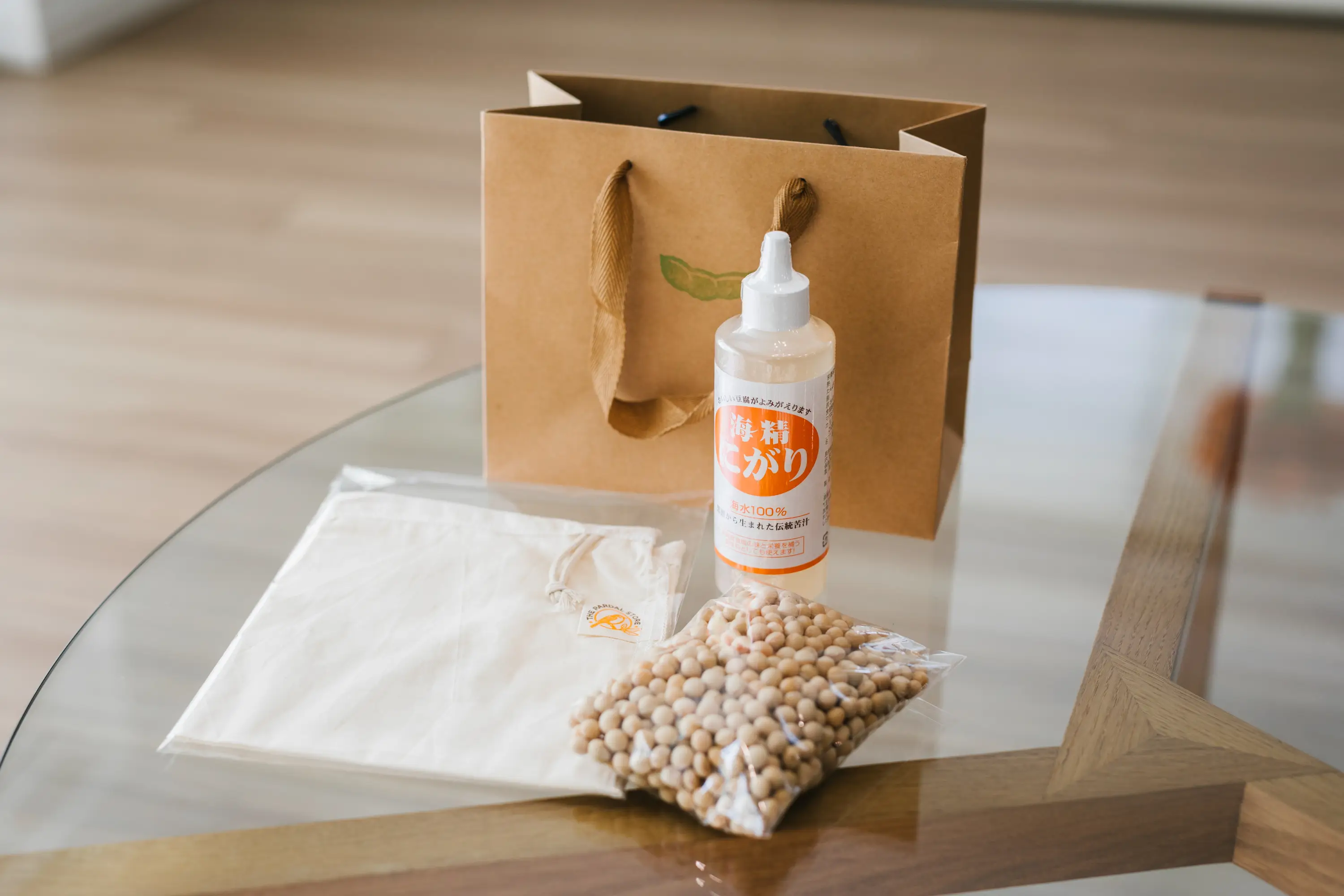
This program was organized under the supervision of Marc Matsumoto, who is a culinary creator, cookbook author, and the host of Japanese television programs. Born in Japan and raised in the United States, he has cultivated a distinct culinary style that blends the cuisines of both countries.
・This program is not necessarily conducted by a tofu meister.
・The location of the program and its menu may change depending on the circumstances of the host company.







